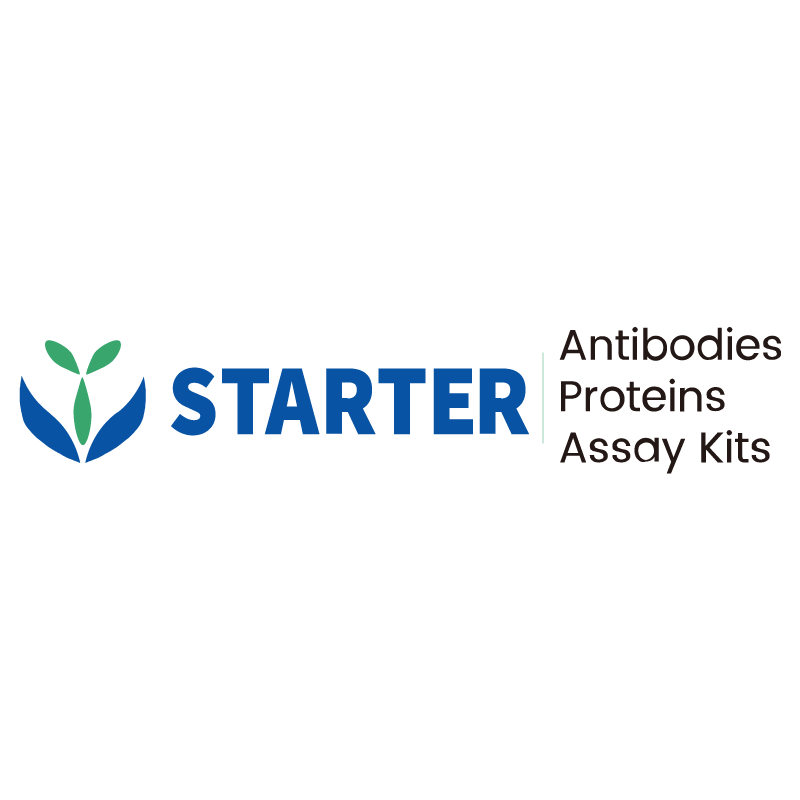Flow cytometric analysis of Human EGFR expression on A431 cells. A431 (Human epidermoid carcinoma epithelial cells, Right) or MCF7 (Human breast adenocarcinoma epithelial cell, Left) was stained with FITC Mouse IgG1, κ Isotype Control (Black line histogram) or FITC Mouse Anti-Human EGFR Antibody (Red line histogram) at 1.25 μl/test, cells without incubation with primary antibody and secondary antibody (Blue line histogram) was used as unlabelled control. Flow cytometry and data analysis were performed using BD FACSymphony™ A1 and FlowJo™ software.
Product Details
Product Details
Product Specification
| Host | Mouse |
| Antigen | EGFR |
| Synonyms | Epidermal growth factor receptor; Proto-oncogene c-ErbB-1; Receptor tyrosine-protein kinase erbB-1; ERBB; ERBB1; HER1 |
| Location | Nucleus, Endosome, Cell membrane, Endoplasmic reticulum membrane |
| Accession | P00533 |
| Clone Number | S-SC033 |
| Antibody Type | Mouse mAb |
| Isotype | IgG1,k |
| Application | FCM |
| Reactivity | Hu |
| Positive Sample | A431 |
| Purification | Protein G |
| Concentration | 0.2 mg/ml |
| Conjugation | FITC |
| Physical Appearance | Liquid |
| Storage Buffer | PBS, 1% BSA, 0.3% Proclin 300 |
| Stability & Storage | 12 months from date of receipt / reconstitution, 2 to 8 °C as supplied |
Dilution
| application | dilution | species |
| FCM | 1.25μl per million cells in 100μl volume | Hu |
Background
The EGFR (Epidermal Growth Factor Receptor) is a transmembrane glycoprotein located on the cell membrane and belongs to the ErbB receptor tyrosine kinase family (HER1/ErbB1). Its structure consists of three main domains: an extracellular region, a transmembrane region, and an intracellular region. The extracellular region contains four domains (I-IV), with domains II and IV being cysteine-rich and responsible for binding ligands (such as EGF and TGF-α), leading to receptor dimerization. The transmembrane region is a single α-helix that anchors the receptor in the cell membrane. The intracellular region possesses tyrosine kinase activity and includes a juxtamembrane domain, a kinase domain (with an ATP-binding site), and a C-terminal regulatory tail containing multiple autophosphorylation sites (e.g., Y992, Y1045, Y1068). EGFR activates downstream signaling pathways such as RAS/RAF/MEK/ERK and PI3K/AKT, regulating cell proliferation, differentiation, migration, and survival. Mutations or overexpression of EGFR are strongly associated with various cancers, including lung and colorectal cancers, making it a key target for drugs like gefitinib and osimertinib.
Picture
Picture
FC


